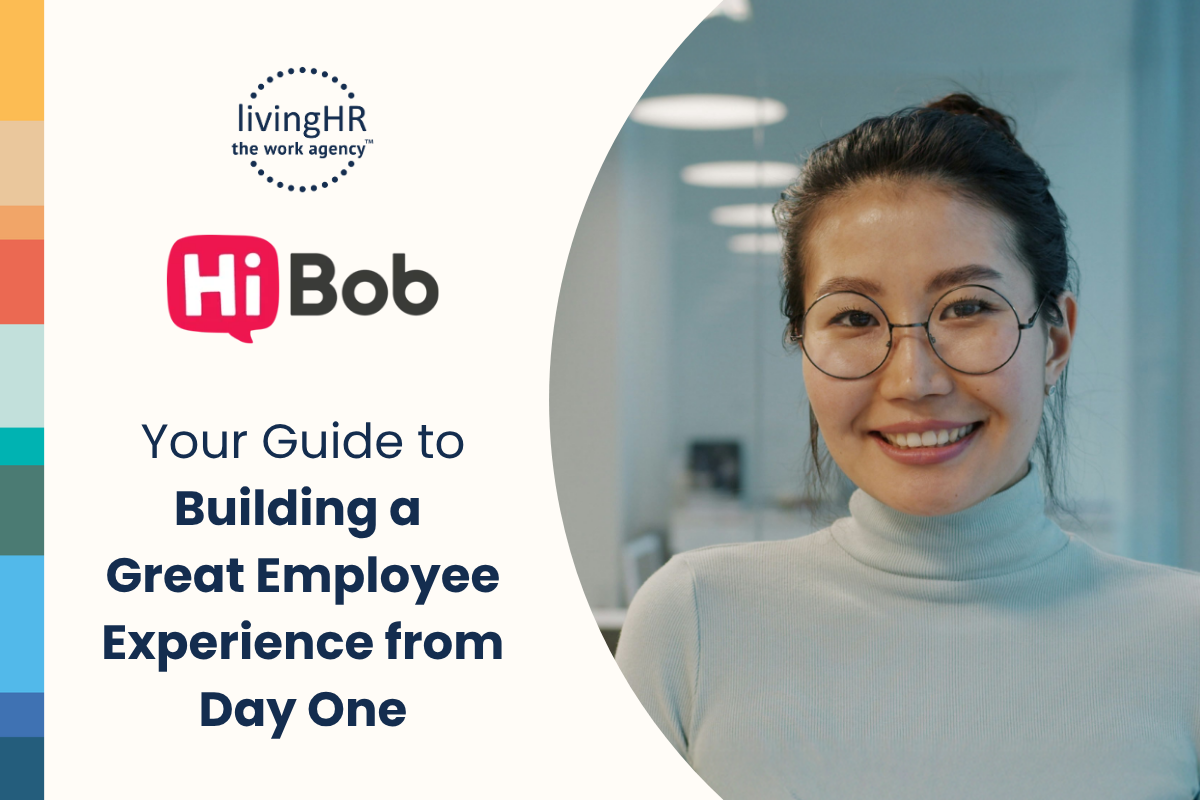What if your next great hire isn’t in your applicant pool because your filters never let them through?
Today’s talent market is shifting fast. In a market defined by talent shortages and widening skill gaps, traditional hiring practices are holding companies back. Relying on resumes and degrees as the primary criteria for candidate evaluation is no longer sustainable. The world of work is changing quickly, and the way we hire must evolve with it.
The most innovative organizations are embracing a skills-based hiring model. This shift from degree-based to skills-first hiring is becoming a long-term strategy. It’s not just a trend. It’s a response to evolving business needs, labor shortages, and rapidly changing job requirements.
The results speak for themselves. According to ADP, companies that adopt skills-based hiring practices report 90% fewer hiring mistakes. Even more compelling, 94% of them say these hires outperform those selected based on degrees, certifications, or years of experience.
What is Skills-based Hiring?
Skills-based hiring prioritizes what candidates can do, rather than where they went to school or how many years they’ve spent in a role. Instead of filtering by resumes alone, hiring teams look for proof of ability through:
- Skills assessments
- Portfolios or work samples
- Certifications
- Real-world performance
This approach is more inclusive and accurate, helping companies uncover high-potential talent that traditional methods often miss.
Why Skills-based Hiring Matters Today
1. It addresses the skills gap
Companies across industries are already feeling the effects of the growing skills gap. In fact, 90% of leaders believe they are currently facing or will soon face skill shortages that affect performance.
The World Economic Forum reports that:
- 70% of employers expect to hire for new skill sets
- 40% plan to reduce staff whose skills are becoming less relevant
- 50% plan to transition employees into roles where their skills are better aligned
A skills-based hiring strategy helps organizations stay ahead of this shift.
2. It aligns with candidate expectations
Younger generations in the workforce are redefining what they expect from employers. Gen Z and Millennials value continuous learning, adaptability, and growth opportunities over linear career paths. These candidates want to be recognized for their capabilities, not just their educational background. Organizations that adopt skills-based recruitment are better positioned to attract this type of talent.
3. It expands and diversifies your talent pool
Degree requirements, while common, often exclude qualified candidates who come from non-traditional backgrounds. These filters disproportionately impact underrepresented groups.
By removing unnecessary degree requirements, companies can increase applicant pools by three to five times. This opens the door to individuals with real-world experience and transferable skills who are often overlooked.
4. It creates a competitive advantage
Skills-based hiring doesn’t just improve recruiting outcomes. It gives your business an edge in today’s competitive landscape. Research shows that this approach can expand your global talent pool by more than six times. It also supports long-term workforce planning by aligning hiring strategies with future business needs. In short, this is more than a talent strategy. It’s a business strategy. Companies that invest in skills-first hiring are better prepared to grow, adapt, and stay ahead in fast-changing markets.
Skills-based Hiring vs. Traditional Hiring
Traditional hiring often plays it safe. It leans on degrees, job titles, and familiar career paths, very rarely looking at potential. But safe doesn’t always mean smart. This approach can quietly shut out talented people who gained their skills through experience, grit, or non-traditional paths. The result? A smaller, less diverse pipeline, and missed opportunities hiding in plain sight.
Skills-based hiring changes the game. It asks, “What can this person actually do?” rather than “Where did they go to school?” By focusing on proven capabilities, not paper credentials, Talent Acquisition leaders can widen the talent funnel, improve diversity, and hire people who stay and thrive. It’s more than just inclusive; it’s effective, future-ready, and built for real-world performance.
Practical Skills-Based Hiring Strategies for Heads of Talent Acquisition
This shift doesn’t happen overnight, but it can start with a few strategic steps. Here are ways TA leaders can start implementing skills-based hiring practices now.
1. Redefine job descriptions around core skills
Ditch degree and tenure requirements. Focus on skills that matter. For example, swap “Bachelor’s degree required” for “Strong analytical skills and Excel proficiency.” This opens the door to talented candidates from all backgrounds.
2. Adopt skills-based assessments and technology
Invest in platforms that help you evaluate actual skill proficiency, not just paper credentials. Use tools like LinkedIn Skills Path, Workday Skills Cloud, Pymetrics, and Codility to test real skills. These platforms help you evaluate candidates fairly through structured, skills-focused assessments. They can also reduce bias, making hiring more objective.
3. Train recruiters to identify transferable skills
Recruiters are the first line of judgment in hiring. Train your recruiters to look beyond resumes and spot skills that transfer across roles. For example, retail experience can translate to customer service, and military veterans often bring leadership and logistics strengths. This broadens and diversifies your talent pool.
4. Collaborate with leaders on workforce planning
Skills-based hiring is most effective when it's connected to future business needs. TA leaders should work closely with CHROs, department heads, and even the CEO to understand which skills will be critical over the next few years. This alignment ensures hiring is proactive, not reactive, and positions the organization to stay ahead of change.
The Future of Talent Acquisition is Skills-First
It’s no longer enough to simply look for credentials in a resume. Real hiring success happens when you look past the resume to discover true skills and potential, which helps build a workforce that can adapt, grow, and lead.
Keep an eye on game-changing trends like AI-powered skills matching, which connects talent to roles faster and smarter. Look for internal mobility driven by skills passports that unlock hidden potential within your own teams. And don’t forget continuous reskilling and upskilling. The workforce that learns together, wins together! Embracing these trends means building a workforce that’s ready for whatever comes next.
Skills-based hiring is no longer optional. It’s the competitive edge that future-proofs your business.
Here’s the bottom line: The future of Talent Acquisition belongs to leaders who hire for skills, not resumes. If you're curious on where you stand, we'd love to help assess your current strategies!





